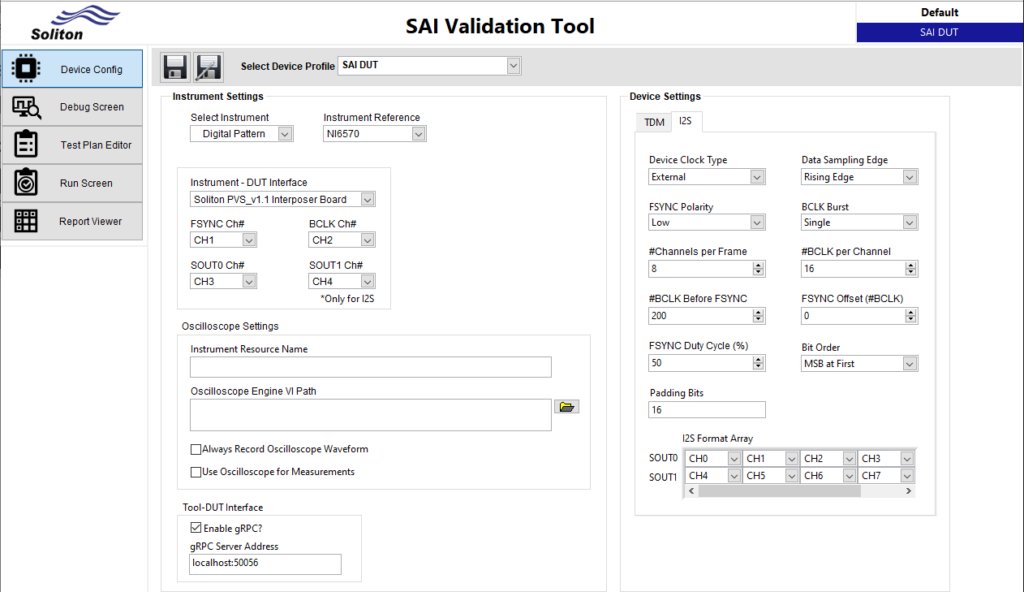In this article, we’ll delve into the I2S protocol, its technical specifications, and explore more about how it helps in achieving ultra-low latency.
Audio systems communication and their requirements have changed drastically as a result of rapid technological evolution. As a result, they have become more digitalized. In most systems, these digital audio signals are typically processed by devices such as DSPs, DACs, or ADCs. Despite being innovative, digitalization also invites certain challenges like audio delay which influences the quality of experience.
Audio delay is like a hiccup – a brief pause between generating and hearing a sound when transmitted from one component to another. Although imperceptible, it often disrupts the natural flow of the audio experience. Latency is the measure of this delay, and the lower the latency, the better the experience.
One effective method for overcoming these challenges and achieving low latency is the Inter-IC Sound (I2S) protocol – a specialized communication protocol for audio data. In this article, let us explore the I2S protocol, where we break down its technical specification and explain what makes I2S ideal for achieving ultra-low latency in digital audio systems.


